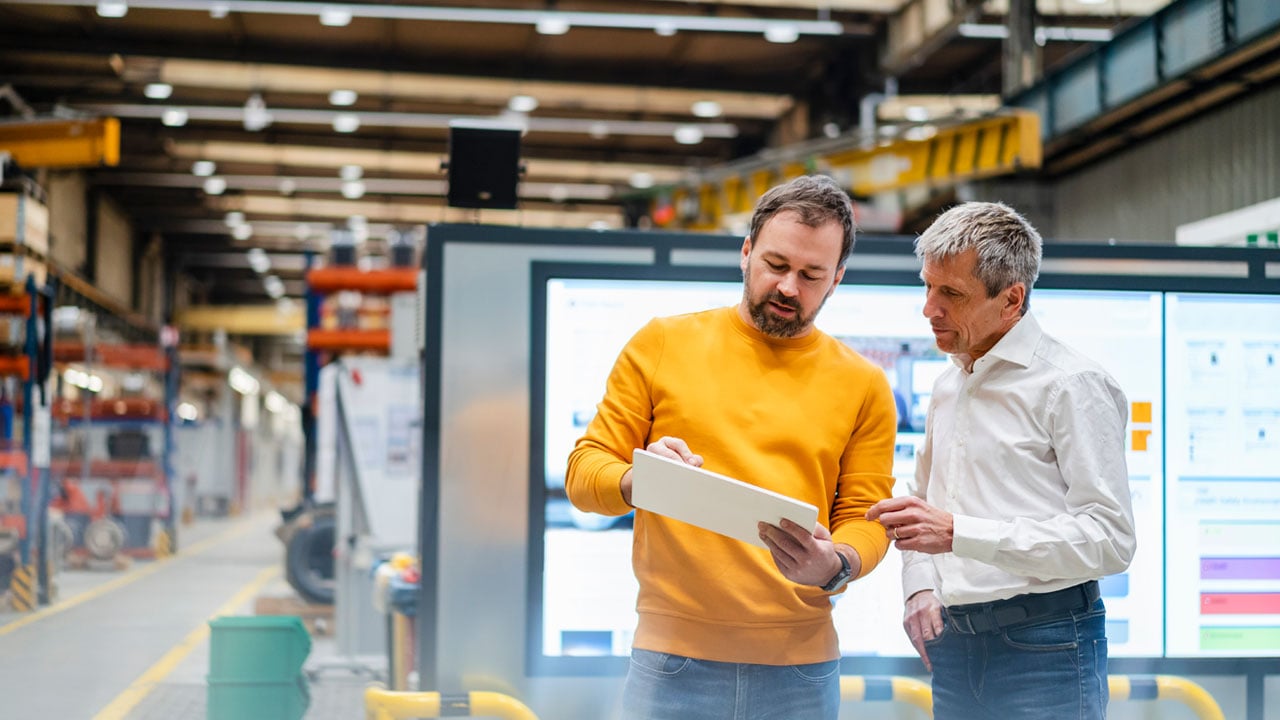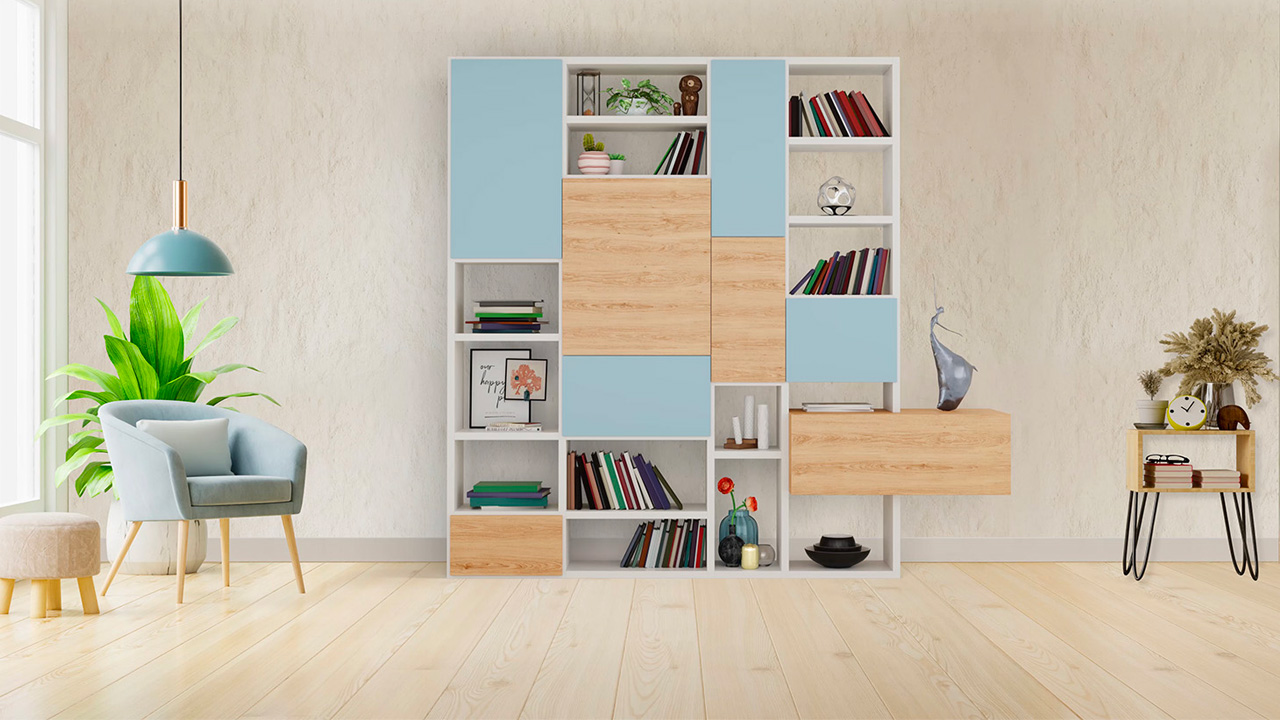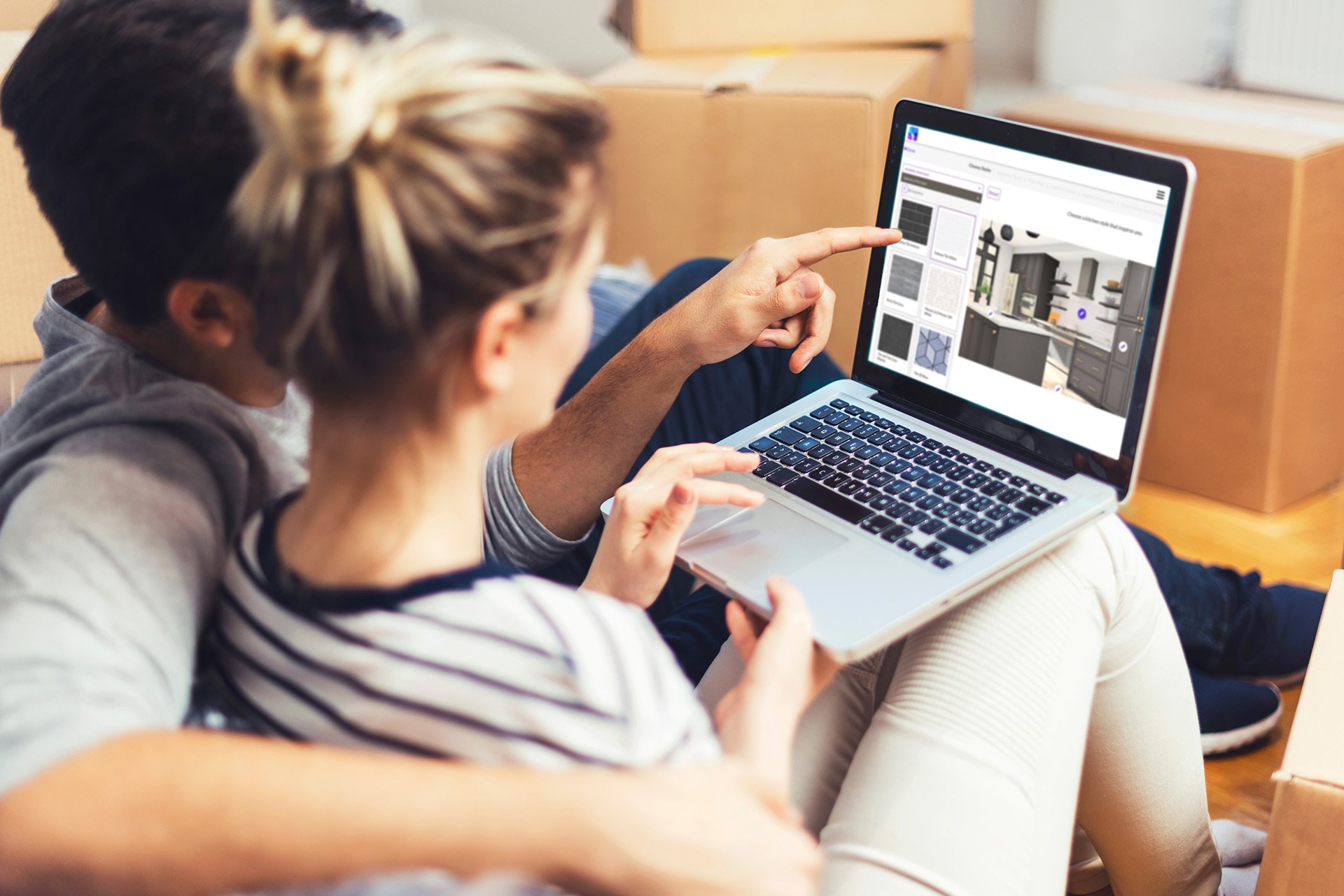Why you need a digital twin for your furniture business
Furniture

Ralph Rosolen

Digital twins are increasingly a core element of manufacturers IoT platforms, but the majority of executives don’t know the full power they can bring.
According to a 2020 study by market analysts, Research and Markets digital twins will only get more popular as companies learn how to use them, and up to 89% of all IoT platforms will include one by 2025. Digital twinning will be a standard IoT feature by 2027.
But nearly 64% of executives across a variety of industries do not understand the benefits of digital twinning, despite about half of them planning to use it in their operations by 2028.”
As we embark on the fourth industrial revolution, now is an exciting time for those in business and we are going to be moving increasingly towards the digital in every aspect. One of the key tools will be the digital twin. This blog will explore the concept and highlight the benefits of having one…
Main
The term ‘digital twin’ has become a bit of a buzz word over the past few years, with it appearing in many industries – from manufacturing to construction. But what is a digital twin and why do you need one?
IBM defines this concept as “a virtual model designed to accurately reflect a physical object”. Essentially, a digital twin allows businesses to test an idea, theory or product before it is realised in the physical world.
The digital twin can help inform decisions around product development, but also around system operation. A 3D configurator is a digital twin and enables users to produce digital simulations, or digital twins, of real-world objects, and processes.
So, why do you need a digital twin for your business, to get ahead in the fourth industrial revolution?
Firstly, a digital twin allows you to be much more efficient, both in terms of manufacturing processes and in terms of resources used to create products.
- At the most basic level, with a digital twin, you can design and refine before the product is made. This way, there is little to no waste as mistakes are a lot less likely, or can be eliminated altogether. For manufacturers designing products, this means a concept can be tested, tweaked and tested again until it’s perfect. All the various possibilities can be tested before investing in physical prototype – saving time and money. For retailers selling products, a digital twin, such as a 3D configurator plugin is really useful as the end-customer can take control and easily create the product they want, to their exact specifications. Errors are less likely because there’s no middle man – the design goes to end user to factory for fabrication.
- In addition, having a digital replica allows manufacturers to more effectively scale up their businesses as with digital modelling, they can plan their processing more efficiently. It’s possible to map out each stage and model what-if scenarios that might occur. Adjustments can be made to the virtual process to ensure that the system is optimised for maximum efficiency.
- Related to this, the AI of a virtual replica makes intelligence process automation possible. Fed with ‘what-if’ scenarios and models, machines can “learn” to make decisions based on the situations they’ve encountered, and then analyse them. This frees up man power as more processes can be automated, without human input.
- Finally, a digital twin can enable flexibility and agility. Because all products can be accessed virtually via the online catalogue, any changes, amendments and updates can be made in real time and all of the processes and systems needed to fabricate the product can be updated just as easily too.
Want to dive deeper? Visit our Industries pages to find the furniture design software that fits your needs.
Related blogs

3D product configuration – Making the impossible, easy
There are many benefits to 3D production configuration, from increasing the volume of furniture sales to streamlining the process for you and your customers.

3 market drivers reshaping the KBB and furniture industry
Explore the key market drivers transforming the KBB and furniture industry: market transparency, speed to market, and hybrid models.

Unforgettable customer experiences in KBF retail: Top tips
Discover how to create unforgettable customer experiences in your kitchen and bathroom retail business with these proven strategies.